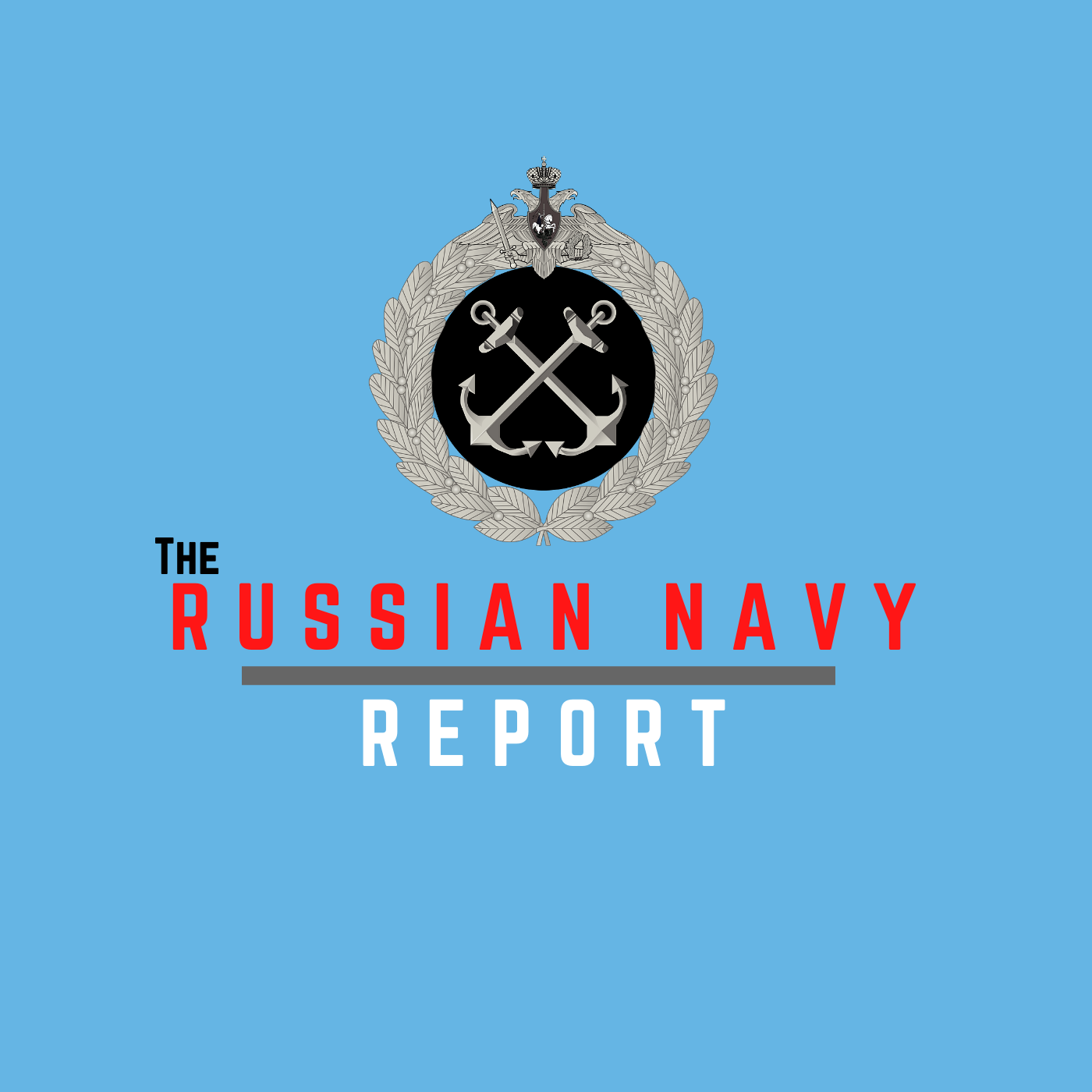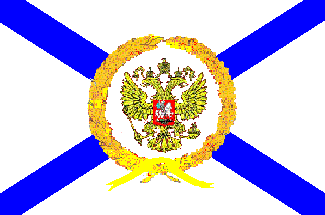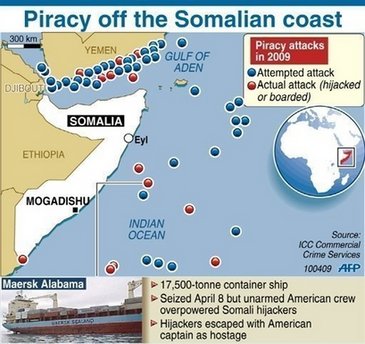The Northern Fleet
Throughout the Cold War the Northern Fleet was the main area of naval activity for the Soviet Navy, and this fleet remains very active. Officially this fleet was established in 1937 as part of the Soviet Navy. In movies and books it is probably better know as the Red Banner Northern Fleet. This fleet operates out of the extreme northern area of the Russian Federation, but thanks to the gulf stream some of its ports remain ice free year round.
Here is a map of the bases in the Northern Fleet's area of operations:
 |
| Area Centered around Murmansk |
The main port for the surface combatants is the city of Severomorsk. This city remain closed to outsiders. This is also where the Northern Fleet is headquartered.
 |
| Severomorsk |
The submarine fleet is spread throughout several different bases, along the northern part of the Kola Peninsula. See map above.
 |
| Oscar's in port |
There are also several airfields associated with the Northern Fleet.
 |
| Tu-142 ASW aircraft |
To see a detailed order of battle for the Northern Fleet take a look
here.
Perhaps the biggest fear coming out of the Northern Fleet is the amount of nuclear waste that is sitting around. After the fall of the Soviet Union, the Russian Federation didn't have the resources to maintain the largest submarine fleet in the world. Many nuclear powered submarines were left to rust away. Fortunately, through international agreements much of this nuclear waste is getting cleaned up.
 |
| Reactor compartments of decommissioned submarines |
Recently Russia has stated that its main focus in the future will be operations in the Pacific Fleet (The US is also doing this). This is evidenced in the fact that many of the new ships being built for the Russian Navy are being sent to the Pacific Fleet, namely the first Mistral and the Yuri Dolgoruki. Only time will tell if this shift will first actually happen, and second if it will diminish the Northern Fleets significance.
























